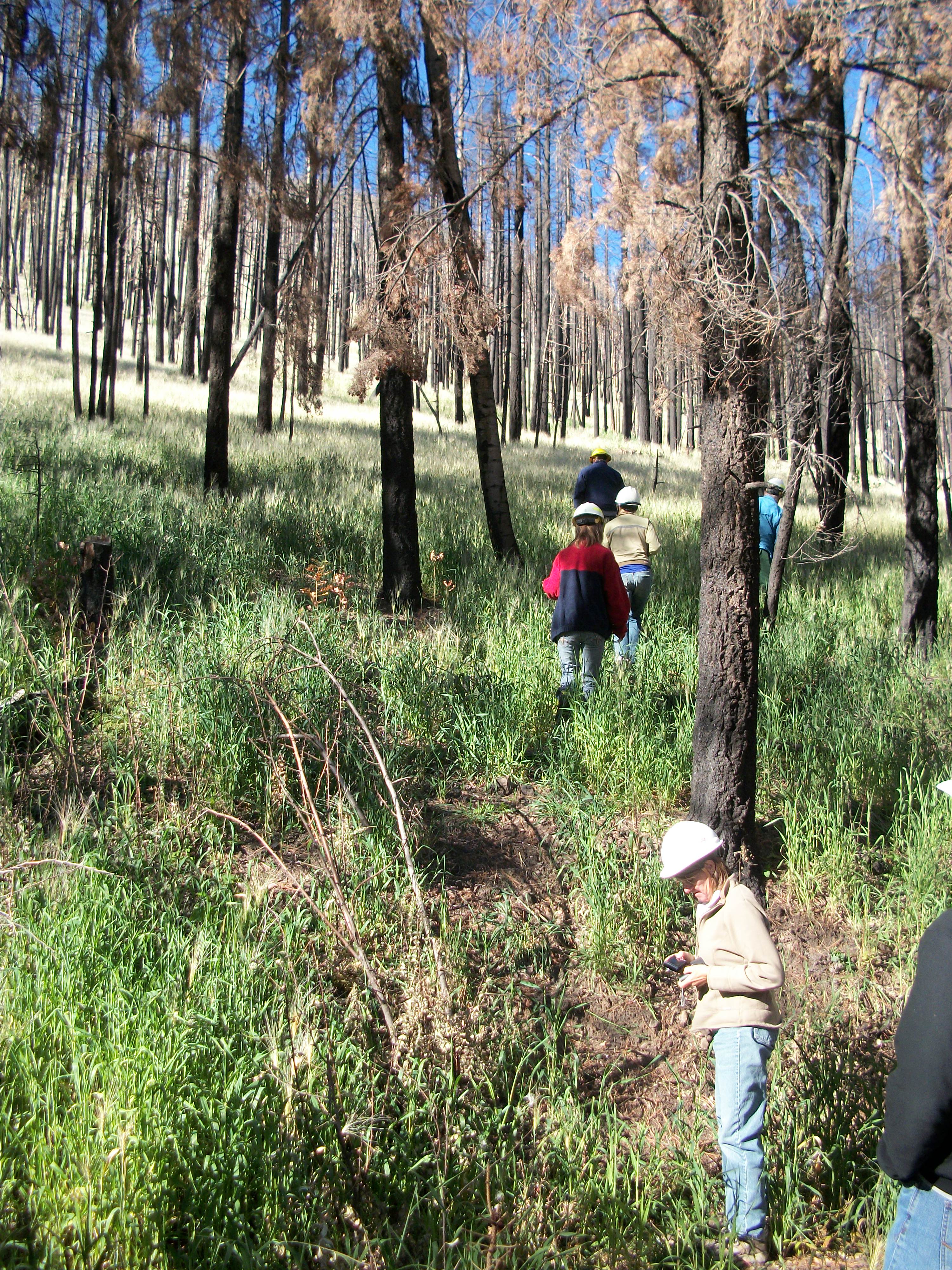What does research say?
Submitted by ecourtri on April 3, 2017 - 6:53pm
Research into the effects of fire continues to enhance our understanding of how burned watersheds respond to hydrologic events. While some factors, such as precipitation regimes, topography, soil type, geomorphology, or lithology are not inherently tied to fire, these characteristics still tend to control whether a basin generates a post-fire response like flooding or debris flow. Watersheds with rugged morphology, steep slopes, and high gradient streams tend to produce debris flows and hillslope erosion, whereas less rugged basins with gentler channel gradients and smooth hillslopes may produce significant flooding. Studies of Southwestern post-fire landscapes suggest that likelihood of either response depends on patterns of burn severity and subsequent rainfall patterns. Basins that lack extensive burns typically donât experience flooding or produce large amounts of sediment, even after intense summer thunderstorms. See our post-fire library for specific studies and information (library).
Computer models are available and are commonly used for predicting where flooding, debris flows, or erosion are likely to occur within burned watersheds. The results from these models often dictate where post-fire mitigation treatments are implemented. See our list of useful tools.
There is still uncertainty in the science surrounding secondary fire effects and more research, particularly interdisciplinary work, is needed to better understand the causes and effects of post-fire flooding and erosion.

Ecologists measuring results of seeding treatments after the Wallow Fire.






